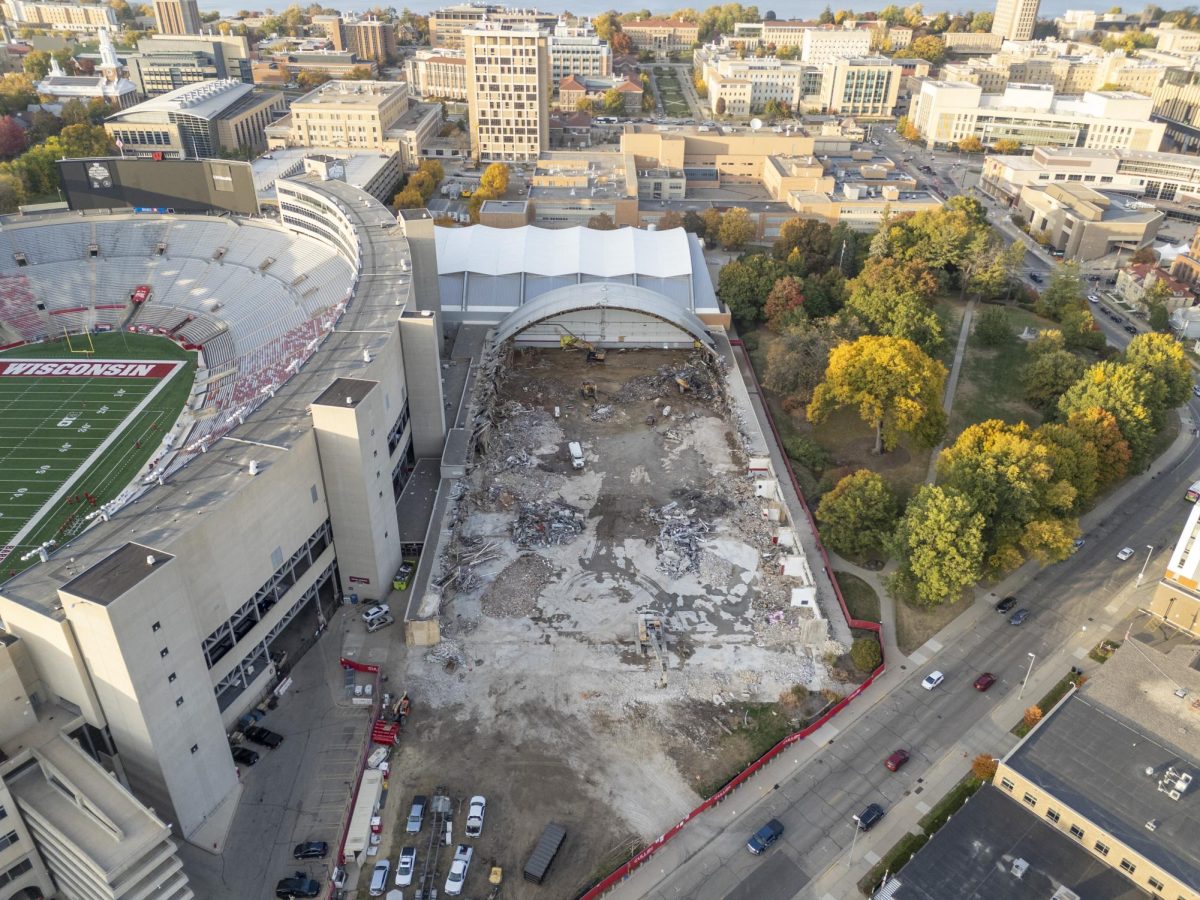Madison’s top appointed and elected officials heard a presentation on the results of a study done by a federal body, which focused on a long-term option to increase bus rapid transit in Madison, at a meeting Tuesday.
Bill Shaefer, the transportation planning manager of the Transportation Planning Board, said the federal body designated to produce policy recommendations for transportation in the Madison area was in charge of the study.
Bus rapid transit is a transportation system that runs on a high frequency with few stops to help improve urban mobility, Shaefer said. He compared bus rapid transit to train services, but designed for buses instead.
Shaefer said buses of this transit system would be longer vehicles and have a modern look. The bus stations would have a raised platform, off-board information on the bus schedule and an off-board fair collection, he said.
Dozens of cities throughout the United States have bus rapid transit, either on its own or as a supplement to a pre-existing rail system. Cities with bus rapid transit include Las Vegas, Seattle and smaller towns like Eugene, Ore.
“We obviously need more community engagement,” Schaefer said. “We need to facilitate a community-wide discussion. [BRT] is the city’s long-range vision for transit in Madison.”
During peak hours, there would be a wait time of 10 minutes, and at other times of operation, wait times would range from 15 to 30 minutes, Schaefer said.
Schaefer said the capital costs, which include the buses themselves and a bus maintenance facility, would be between $138 million and $190 million, depending on the size of the project. He said $40 million of this will be for the buses themselves.
The bus maintenance facility will cost $30 million but, since this facility is currently needed for Madison Metro Transit, it is unfair to attribute the entire cost to bus rapid transit, he said.
There would be an added $9.7 million operating cost for bus rapid transit, which would equal a 20 percent increase in operating costs for the entire Madison Metro bus system.
Potential funding for bus rapid transit could come from competitive federal grants, which could cover half of the capital costs of the projects, Schaefer said. He also mentioned the city of Madison and Dane County as potential funding sources.
He said Wisconsin law currently does not allow the project to receive much funding from the state, but he hopes the law will change. Schaefer also said it would be difficult to get much state funding because it does not increase if the services provided expand.
Schaefer added the costs could be covered by an increase in sales tax by a quarter or half cent in the city of Madison.
The ridership for bus rapid transit is estimated at 15,000 rides daily, which would increase over time as the system becomes more popular and expanded. He said bus rapid transit would charge the same for fares as the rest of Madison Metro buses.
Madison Metro’s general manager Chuck Kamp said the Madison community has been voicing concerns about public transportation that bus rapid transit could alleviate. He said one of the top three concerns with public transportation is the long travel times.
Kamp said bus rapid transit would reduce travel time between 20 and 40 percent. Bus rapid transit would allow for a 60 percent increase in capacity, and as the system grows over time, it could allow for a 300 percent increase in capacity.
“This puts us in the direction of answering riders,” Kamp said. “Buses are crowded, and this helps us with speed and capacity. We are encouraged that this study helps us address concerns from our passengers.”













